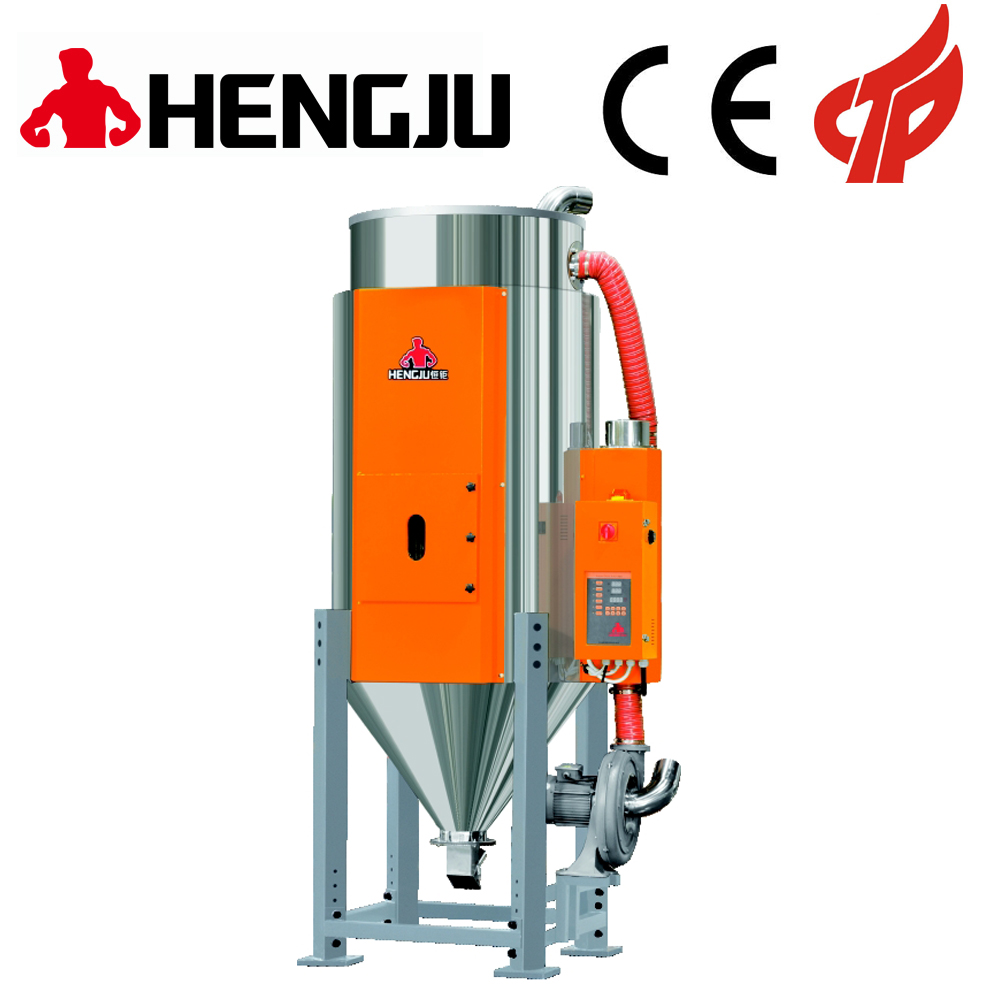1. Mechanical dehydration method
The mechanical dehydration method is to squeeze out part of the moisture from the material by pressurizing it. Commonly used methods include pressing, sedimentation, filtration, and centrifugal separation. The mechanical dehydration method can only remove part of the free moisture in the material, and the combined moisture remains in the material. Therefore, the moisture content of the material after mechanical dehydration is still very high, generally 40-60%. However, mechanical dehydration is the most economical method.
2. Heating and drying method
This is what we often call drying, which uses heat energy to heat the material and vaporize the moisture in the material. A certain amount of heat energy needs to be consumed to remove the moisture in the material. Air is usually used to dry the material. The air is heated in advance and sent to the dryer to transfer heat to the material, vaporize the moisture in the material to form water vapor, and bring it out of the dryer with the air. After the material is heated and dried, the combined moisture in the material can be removed to reach the required moisture content of the product or raw material.
3. Chemical dehumidification
It uses hygroscopic agent to remove a small amount of moisture in gas, liquid and solid materials. Due to the limited dehumidification capacity of hygroscopic agent, it is only used to remove trace moisture in materials. Therefore, there are few applications in production.
In the actual production process, for high-humidity materials, mechanical dehydration is generally used to remove a large amount of free water as much as possible, and then other drying methods are used for drying.
|
 +8613669807274
+8613669807274
 +8613669807274
+8613669807274 wto-btb@wto-btb.com
wto-btb@wto-btb.com Tel: +8613669807274
Tel: +8613669807274 SMS: +8613669807274
SMS: +8613669807274